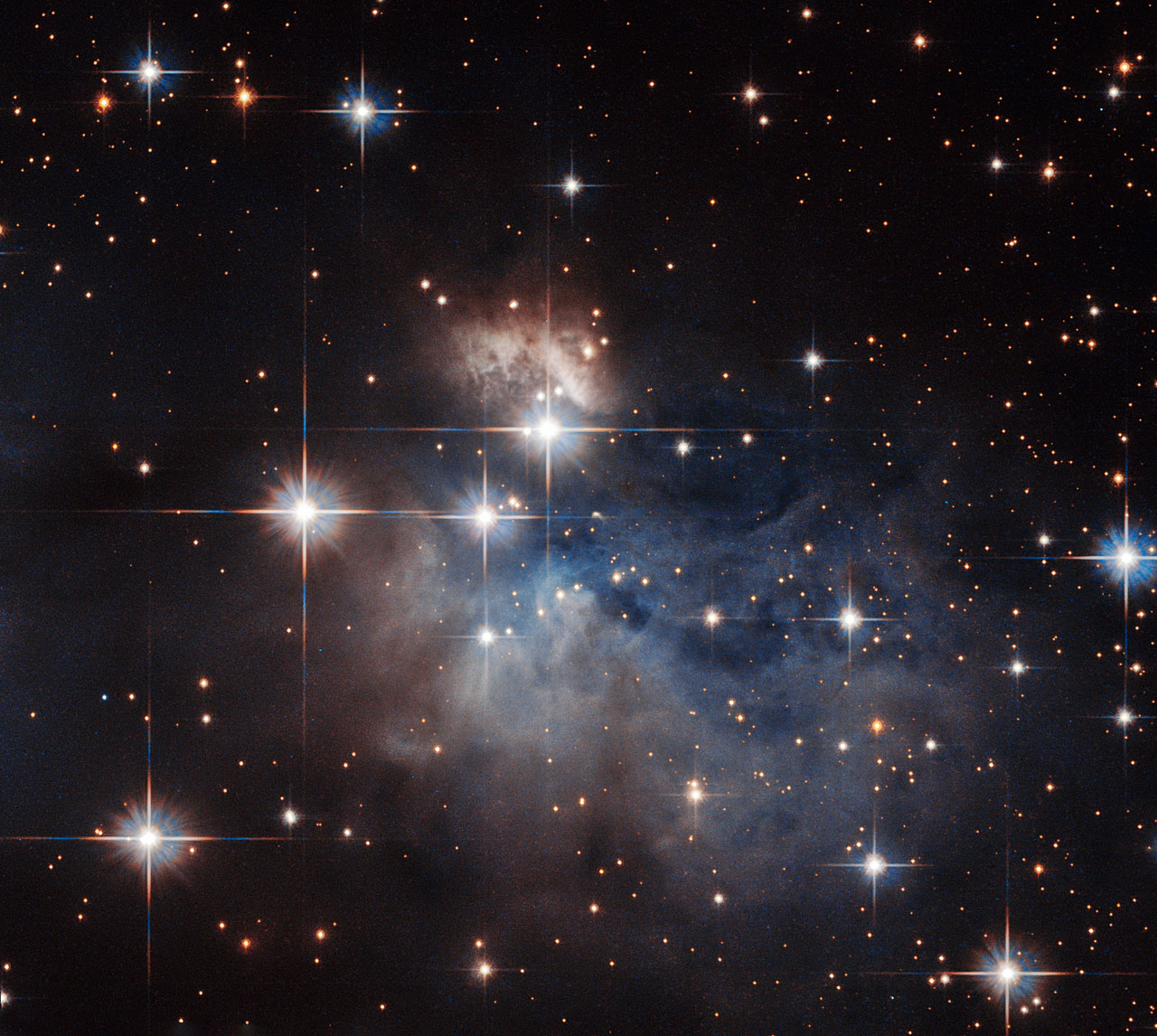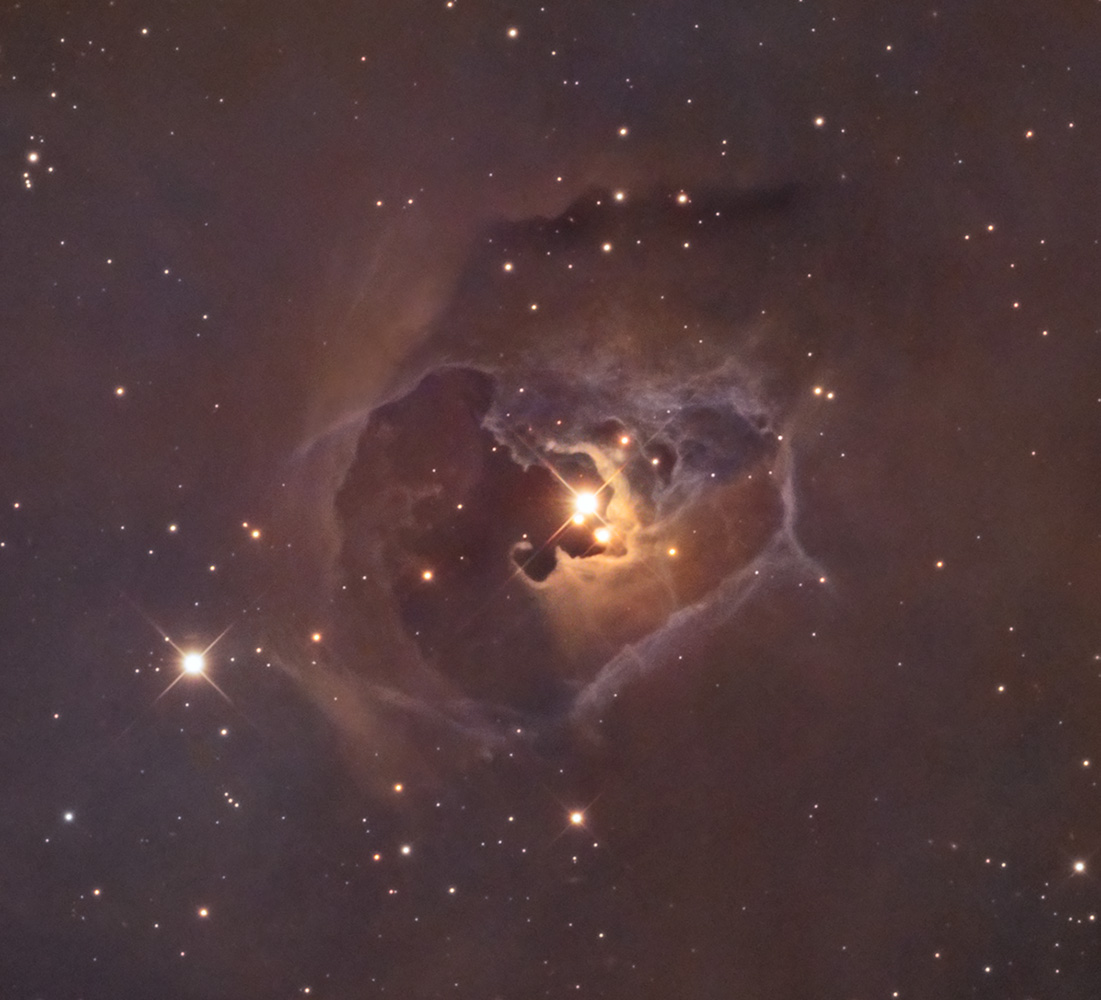Quasar has become part of the Consortium led by the University of Leeds in a project (STARRY) within the Marie Sklodowska-Curie Actions – Innovative Training Networks (ITN) (H2020-MSCA-ITN-2015). This program aims to support the career development and training of researchers – with a focus on innovation skills – in all scientific disciplines through international and intersectoral mobility. By funding excellent research and offering attractive working conditions, the program offers high quality professional opportunities open to researchers of any age, nationality or discipline. In particular, the ITN subprogram, is an innovative doctoral-level training providing a range of skills in order to maximise employability. The duration of the project is 48 months, starting from 1st February 2016.
Within this project QUASAR will provide support to two young researchers to complete their PhD.
STARRY (STARs that ‘R’ Young) Do massive stars form in clusters?
STARRY is a twin site European Industrial Doctorate providing training to 2 PhD researchers in the development of sophisticated research tools in order to exploit, interpret and analyse astronomical data from state-of-the-art observatories, in particular the ESA Gaia mission, in the field of star formation. The key science question of the project is ‘Do massive stars form in clusters? Since young massive stars are rare and invisible in the optical (due to being heavily deeply embedded in their parental molecular clouds), the project will concentrate on the optically bright, intermediate mass young stars, the Herbig Ae/Be stars.
Showcased at the centre of this NASA/ESA Hubble Space Telescope image is an emission-line star known as IRAS 12196-6300. Located just under 2300 light-years from Earth, this star displays prominent emission lines, meaning that the star’s light, dispersed into a spectrum, shows up as a rainbow of colours marked with a characteristic pattern of dark and bright lines. The characteristics of these lines, when compared to the “fingerprints” left by particular atoms and molecules, can be used to reveal IRAS 12196-6300’s chemical composition. Under 10 million years old and not yet burning hydrogen at its core, unlike the Sun, this star is still in its infancy. Further evidence of IRAS 12196-6300’s youth is provided by the presence of reflection nebulae. These hazy clouds, pictured floating above and below IRAS 12196-6300, are created when light from a star reflects off a high concentration of nearby dust, such as the dusty material still remaining from IRAS 12196-6300’s formation. Credit, ESA/Hubble.
Herbig Ae/Be Star V1025 Tauri. Credit, Adam Block/Mount Lemmon SkyCenter/University of Arizona.
The STARRY project has two parts;
Project 1: A census of Herbig Ae/Be stars in the Galaxy
Objective: Search, identify and analyze new young pre-main sequence stars by combining data from on-going and existing space and ground-based missions. This will be made possible by the construction and development of open source software to allow any user to build an HR diagram from which the class of stars can be selected.
Project 2: The clustering properties of intermediate mass young stars
Objective: Characterization cluster properties of previously known and newly discovered Herbig Ae/Be stars, by identifying the cluster environment around the target stars and determining the clusters’ astrophysical parameters.
More information about the STARRY project can be found at this url.





